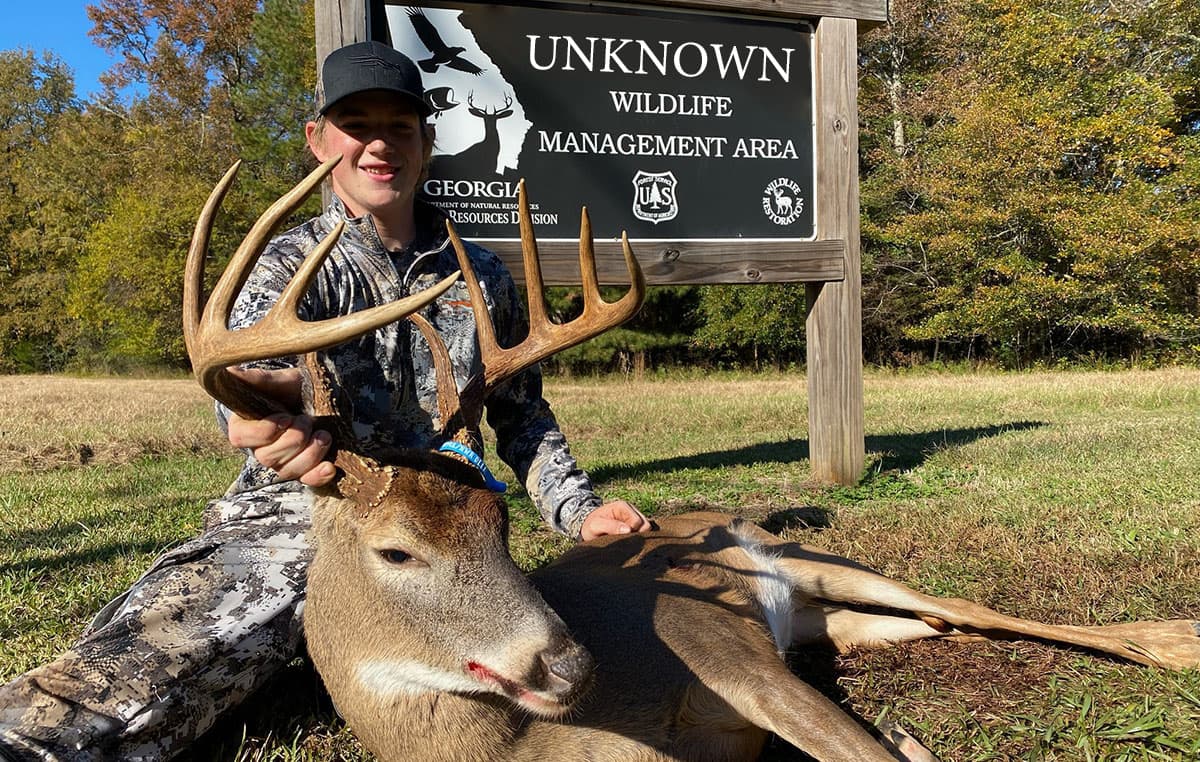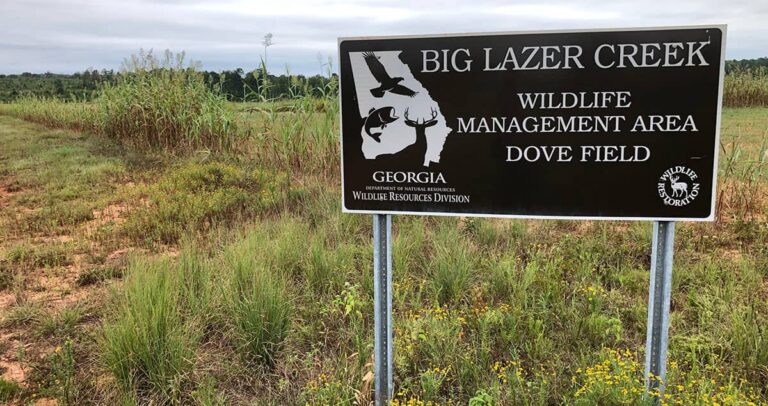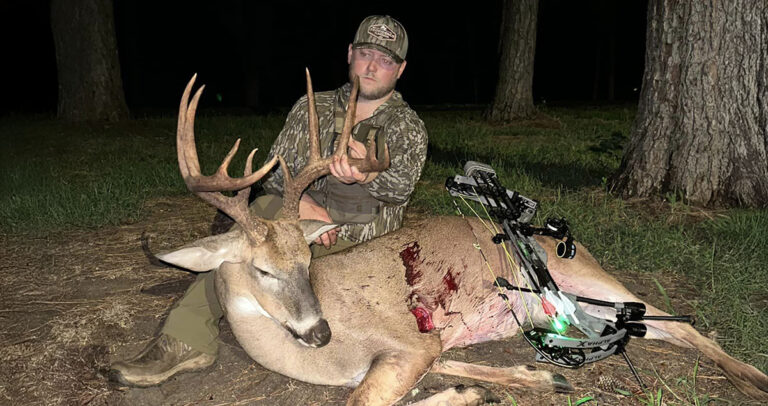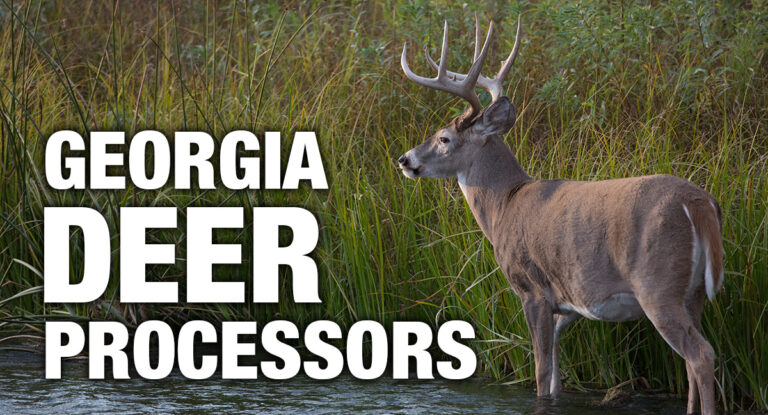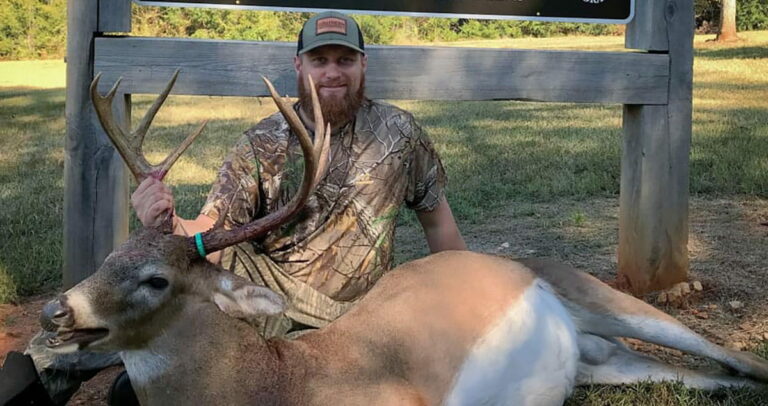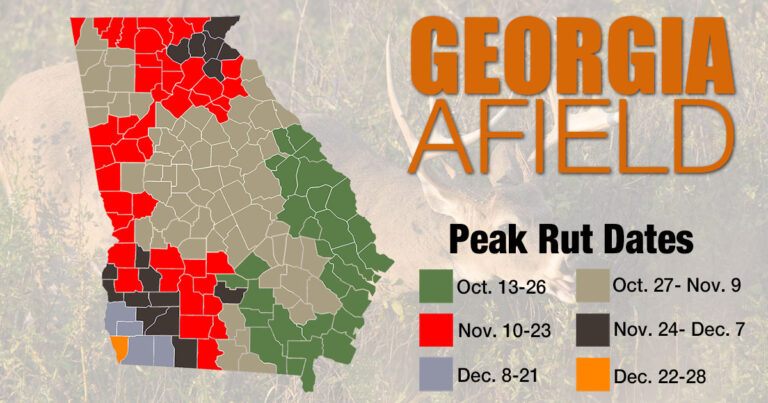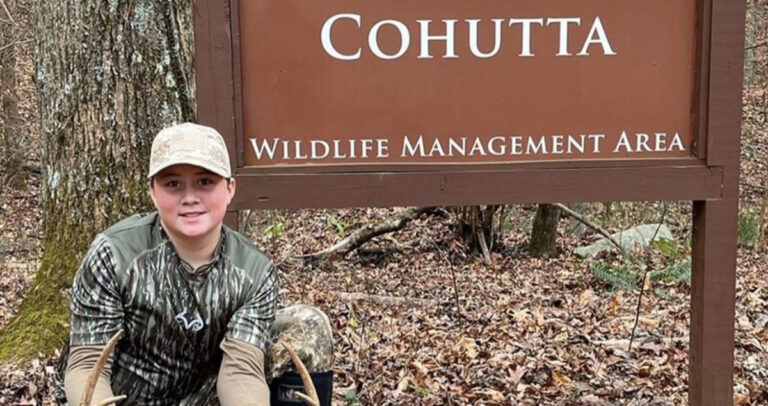6 Steps to a Successful Georgia Quota Deer Hunt
Congratulations! I assume if you’re reading this, you were selected for one of Georgia’s upcoming quota deer hunts. These limited-entry hunts can be a great way to enjoy the fun and fellowship of a quality deer hunt without having to join a lease or own your own hunting land.
I have enjoyed hunting quota hunts for years, but have spent many more hours working them as a wildlife technician. Those who are routinely successful at these types of hunts are the ones who take the time to do a little homework and take the necessary steps to ensure they get the opportunity to fill a deer tag. Let’s look at six of those steps that can help you tip the odds in your favor this fall.
Read the Rules
This step is fairly simple and really should go without saying. Take the time to read up on not only the general rules for all Georgia WMAs, but also the rules specific to the WMA you will be hunting. This includes the timing of the hunt, as well as when and how you sign or check in, any weapon restrictions, camping restrictions, and especially any restrictions on what deer you can legally harvest. A few unlawful activities that apply to all Georgia WMAs includes:
- Man-drives during deer hunts. A man-drive is defined as an organized hunting technique involving three (3) or more hunters using a coordinated effort to drive deer or feral swine from cover to another hunter for the purpose of shooting.
- Placing bait or wildlife food and hunting any game species or feral hog over bait.
- Target practicing, except on an authorized shooting range.
- Driving a vehicle around any gate, sign, earth berm, or similar device intended to prevent vehicular access.
- Hunting within 50 yards of any road opened for vehicular access. (Possession of a loaded firearm within 50 yards of a road opened for vehicular access is considered hunting.)
- Hunting within a posted safety zone.
- Consuming alcohol except at camp sites (this regulation does not apply on National Forest Lands).
- Camping or operating a motor vehicle upon any permanent wildlife opening.
- Using motor vehicles, signage, flagging tape, or any other method(s) to close or restrict access to roads, trails or any other access features.
- Using metal detectors or collecting artifacts.
- Possessing a cocked crossbow in a motor vehicle.
- Possessing a firearm during a closed hunting season for an area, except on designated shooting ranges, unless such a firearm is unloaded and stored in a motor vehicle so as to not be readily accessible, except that any person possessing a Weapons Carry License that is valid in this state pursuant to OCGA §§ 16-11-126(f) or 16-11-129 may carry such firearm subject to the limitations of OCGA §§ 16-11-126 and 16-11-127, except where prohibited by federal law.
- Possessing a loaded firearm (a gun is considered loaded if a shell is in the chamber or magazine, a percussion cap is on the nipple, or powder is present on the frizzen pan) in a motor vehicle, except that any person possessing a Weapons Carry License that is valid in this state pursuant to OCGA §§ 16-11-126(f) or 16-11-129 may carry such firearm subject to the limitations of OCGA §§ 16-11-126 and 16-11-127, except where prohibited by federal law.
- A Weapons Carry License does not allow the holder to carry a loaded firearm, other than a handgun, in a motor vehicle on a WMA.

Get a Map
Once you understand the rules of the quota hunt, you will want to study a map of the WMA. Unfortunately, the printable PDF maps the DNR used to offer are no longer available, but they do have a great interactive GIS map system available online.
The interactive map allows you to look at each WMA as an aerial photo or topographic map that you can zoom in and out on, with various layers you can switch on and off. To check them out, go to DNR’s main WMA webpage and click on the WMA you would like to check out, then click on the link to the interactive map.
These maps will not only allow you to begin getting familiar with the boundaries of the area, but you can also use it to start doing some “cyber scouting” from the comfort of home. Pay attention the the various access points, look for potential bedding and feeding areas, and pay particular attention to funnels or pinch points.
Mark these on your map for when you finally hit the ground to do some boots-on-the-ground scouting. I would pick out a minimum of four to five spots that may be worth checking out in person.
Make a Call
The next step is to get in touch with the wildlife technician who oversees the area, as well as the wildlife biologist. Take what you learned from studying the maps and ask specific questions about the locations you have in mind.
Ask about things like deer density and whether it varies from one part of the WMA to another, about hunting pressure at the various accesses, and about the habitat and deer’s food preferences on the WMA.
The technician will best be able to answer these questions, as they are frequently on the area carrying out the day-to-day management activities. The biologist can be a great resource to discuss overall deer density, hunter success rates and age structure of the deer herd.
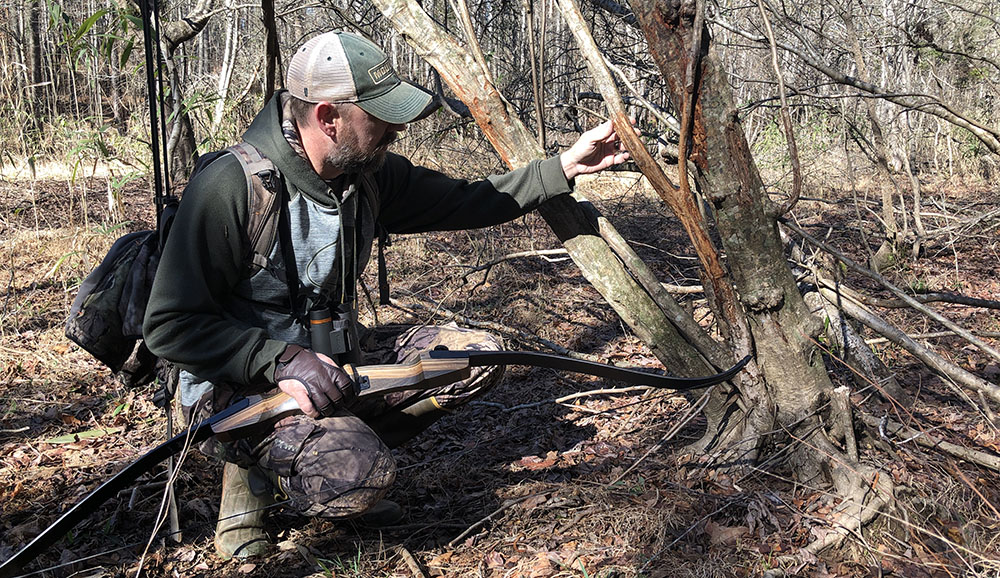
Scout
Now it’s time to actually hit the woods and scout those spots that looked promising online. Be on the lookout for potential bedding areas, food sources that will be in use during the hunt, as well as any of the funnels or pinch points you found during your initial research.
When you find an area that looks promising, go ahead and pick out a tree or two that would work for stand sites (providing you hunt from a treestand). If you hunt from the ground, look for a good, natural place for a ground blind. Mark these locations on your map, phone or GPS for future reference.
Hunt!
Of course the final step is to get out and enjoy the hunt! Be sure to sign in or check in as required prior to heading afield. For sign-in hunts, this can be done online or at the WMA check station. Check-in hunts require signing in at the check station.
Also be aware that on sign-in hunts, you must record any deer your harvest on your harvest log and those deer count towards your statewide limit. Check-in hunts, on the other hand, require you to bring your deer back to the check station so that DNR personnel can collect data. They then tag the deer for you and those deer DO NOT count against your statewide bag limit.
My best tip for public land hunts is get there early and get to your spot. The old adage “the early bird gets the worm” is certainly true in this case. That doesn’t mean someone won’t walk in on you, but it will certainly put you in a much better position to have the spot you want to hunt all to yourself.
My second tip would be to pack for an all-day hunt. Just because you had the spot you wanted that morning, doesn’t mean someone won’t move in there for the afternoon hunt if you go back to the house or to camp for lunch. Stick it out all day if you can, or worst case, just come back to your truck to eat lunch before heading back in.
Be Courteous
This should go without saying, but one of the most important rules of hunting public land is to treat others as you would like to be treated. Here are a few simple steps every hunter should take to make public land hunting enjoyable for all involved:
- Get in the woods early and come out late. Don’t walk through the woods at prime time – daylight and dusk.
- Ideally, don’t walk through the woods at all other than to get to and from your stand. It’s not the time to wander around scouting while a hunt is going on.
- If you are running late and someone is parked where you planned to hunt, go somewhere else. Don’t ruin their hunt because you overslept.
- If you walk up on someone in the spot you had picked out, go somewhere else. Public land hunting is ALWAYS first come, first served. There are no reserved spots no matter how much flagging you put up (by the way, leave the flagging at home!)
If you were drawn for a Georgia quota hunt this year, congratulations! Keep these six steps in mind, and you should have a safe and enjoyable hunt. If you do harvest a deer, be sure to share those photos with us over at the Georgia Public Land Hunters Facebook group.

